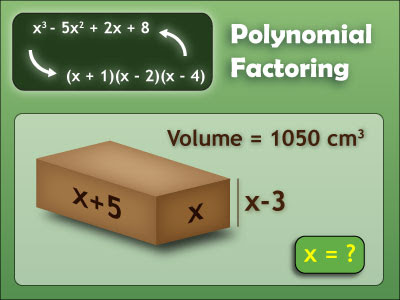In mathematics, the natural logarithmic function is defined as the function contains three ports, namely the number, the base and logarithm itself, now the natural logarithmic calculator is the function of the logarithm function calculator which means we are using to the base of ‘e’ where e is constant, base of ‘e’ value is given by
Understanding Definition of Logarithm is always challenging for me but thanks to all math help websites to help me out.
e = 2.718281828. and the numbers, and the logarithmic itself.
The logarithmic function calculator is represented as y = log_b^(x).
We take the value of base of ‘e’ is approximately e = 2.71.
Natural Logarithmic Calculator:
Here, we introduce the natural logarithmic calculator. The function of natural logarithmic calculator is represented as y = ln(x)
Explanation about natural logarithmic calculator:
Input:
calcutor given value
The given value is conversions by logarithmic calculator
Conversions:
x = conversion value.
Solution:
y = calculated value will be displayed
Here we can the change the equation by x and y.
y = ln(x) for y i n natural logarithm
y = ln(x) for x in natural logarithm
Note: we can calculate or perform the positive numbers only not negative numbers by natural logarithmic calculator.
Some Problems about Natural Logarithmic Calculator:
Problem1:
To solve the natural logarithmic function of ln(2)
Solution:
Input:
x = 2 given value
Conversion:
x = 2 the given value conversion by logarithmic calculator.
Solution:
y = 0.69 approximately
Problem 2:
To solve natural logarithmic function of span style="font-size: small; " mce_style="font-size: small; ln(4)
Solution:
Input:
x = 4 given value
Conversion:
x = 4 the given value conversion by logarithmic calculator.
Solution:
y = 1.38 approximately
Problem 3:
To solve natural logarithmic function of ln(6)
Solution
Input:
x = 6 given value
Conversion:
x = 6 the given value conversion by logarithmic calculator.
Solution:
y = 1.79 approximately
Problem 4:
To solve the natural logarithmic function of in ln(10)
Solution:
Input:
x = 10 given value
Conversion:
x = 10 the given value conversion by logarithmic calculator.
Solution:
y = 2.30 approximately
Problem 5:
To solve the natural logarithmic function of ln(15)
Solution:
Input:
x = 15 given value
Conversion:
x = 15 the given value conversion by logarithmic calculator.
Solution:
y = 2.70 approximately
Practices problems for natural logarithmic function:
Problem1;
To solve the natural logarithmic of ln (20)
Answer is y = 2.99
Problem2
To solve natural logarithmic function of ln (50)
Answer is y = 3.91
Problem3
To solve natural logarithmic function of ln(100)
Answer is y = 4.60
Problem 4
To solve the natural logarithmic function of in ln(99)
Answer is y = 4.59
Hence, here we obtain the natural logarithmic calculator.
